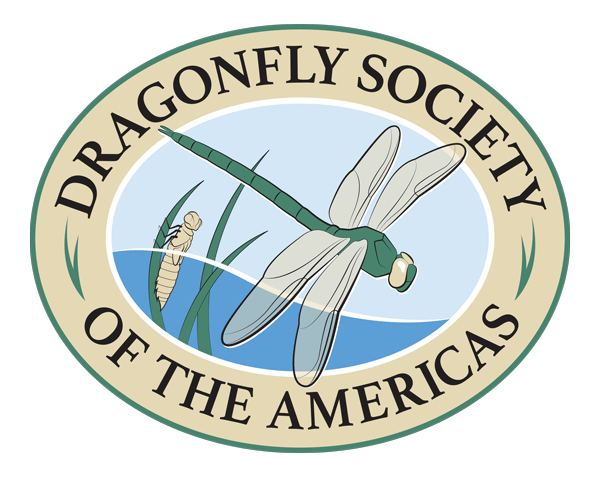Figure 1. Male Cerulean Dancer, Argia anceps. Sycamore Canyon, Santa Cruz Co., Arizona, 23 September 2012. Photo Pierre Deviche.
Figure 2. Locations where Cerulean Dancers, Argia anceps, have been found in Arizona as of December 2021. Blue dots show new locations where the species has been found since 2018. Data courtesy Richard Bailowitz.
Figure 3. Pair of Cerulean Dancer, Argia anceps, in tandem. Sonoita Creek, Santa Cruz Co., Arizona, 28 October 2017. Photo Pierre Deviche.
Figure 4. Habitat of Cerulean Dancer, Argia anceps, in Arizona. Top photo: Scotia Canyon, Cochise Co.; bottom photo: Cienega Creek, Pima Co. Photos Pierre Deviche.
January’s Featured Species: Cerulean Dancer (Argia anceps)
This month’s DSA species’ focus is the Cerulean Dancer, Argia anceps. This damselfly is in the family Coenagrionidae, commonly known as the narrow-winged damselflies. A large damselfly, measuring 38-41 mm (around 1 ½ inches), this species’ range includes Arizona south to Panama. Read on to listen to Pierre Deviche, Professor of Environmental Physiology at Arizona State University, tell fascinating stories of observing this damselfly in the Southwest.
Autumn in Arizona
Fall in Arizona is always an exciting time to look for odonates. By then temperatures are not as hot as in the dead of summer. And in most years, the summer monsoon brings water to the arid Sonoran Desert, turning brown and desiccated landscapes green with new vegetation and causing an explosion of insect life. For those interested in odonates, fall provides opportunities to find uncommon species that moved North from Mexico during the monsoon season. One of the best locations to look for such species is Sycamore Canyon in Santa Cruz County, located just north of the international border and where, among others, Oculate Dancer (Argia oculata), Mayan Setwing (Dythemis maya), Straight-tipped Ringtail (Erpetogomphus elaps) and White-tailed Sylph (Macrothemis pseudimitans) were documented in recent years.
An Honest Mistake
During a visit to Sycamore Canyon on 23 September 2012, I observed and photographed a male dancer that I identified to be a Sierra Madre Dancer (A. lacrimans), an uncommon damselfly with a small established population at this location. Nothing else would have come of this observation, were it not for the fact that in March 2013, while surveying the San Pedro River, Richard Bailowitz and Douglas Danforth stumbled upon an immature male Cerulean Dancer (A. anceps). At the time, this individual was assumed to provide the first United States record of this Mexican species (Danforth et al. 2013). I had never encountered Cerulean Dancers—or so I thought—and was unfamiliar with the features that separate them from their look-alike taxon, the Sierra Madre Dancer. Out of curiosity—and intrigued by Bailowitz and Danforth’s discovery—I decided, just in case, to re-examine my Arizona pictures of Sierra Madre Dancer. This is when the individual photographed on September 23, 2012 proved to be a Cerulean Dancer.
Onward North with the Blue Damsels!
But the story did not end there. In fact, it got more interesting! After 2013, Cerulean Dancers began to be regularly reported from additional Arizona locations, and sometimes in significant numbers. For example, I found seven males along Sonoita Creek in Santa Cruz County in November of 2014. In December of 2021, I spotted eight of them during a single visit to the Cienega Creek Natural Preserve in Pima County (OC # 1935780). By late 2021, Cerulean Dancers had been recorded from 31 Southern Arizona sites in four counties, and at elevations between 618 m and 1,832 m (Figure 2), revealing an extensive and rapid northward range expansion during the past ten years. As well, just during the last four years (2018-2021), Argia anceps was found for the first time at nine of these 31 sites. This includes an individual in Pinal County (central Arizona, November 2021; OC # 1935263), well north of where the species had been seen until then.
The dancer’s range expansion in the state is apparently still ongoing. It’s possible that A. anceps will continue marching north! Most observations to date have been of males, but pairs have also been seen, which suggests local breeding. Arizona populations likely comprise individuals that flew from Mexico, in addition to local breeders.
An Uncertain Future
No other odonate species in the southwest is known to have undergone such a rapid and large range increase similar to that shown by Cerulean Dancers. How long, how far north, and how persistent will the dancer’s colonization of Arizona last? Species’ ranges can expand and retract over time for a myriad of often unfathomable reasons, and only time will tell. But it is worth noting that A. anceps is rather eclectic in terms of habitat preference. It is found in narrow canyons as well as along slow-moving and mountain streams, and also major rivers.
It is tempting to conclude that this flexibility in habitat choice has contributed to the species’ recent success, but the question remains: In the next decades, will A. anceps become a regular denizen of Arizona waterways or, within the state, will it go the way of the dodo?
References cited:
Bailowitz, R., Danforth, D., and Upson, S. 2015. A Field Guide to the Damselflies and Dragonflies of Arizona and Sonora. Nova Granada Guides, Tucson, Arizona.
Danforth D., Bailowitz R., and Deviche P. 2013. “Cerulean Dancer, Argia anceps, a new species for the United States.” ARGIA 25: 10-11.
Our guest blogger for January is Pierre Deviche (deviche@asu.edu), Professor of Environmental Physiology at Arizona State University (ASU) in Tempe. Pierre’s ASU laboratory investigates physiological adaptations of native birds to their environments, especially their responses to extreme conditions and to urbanization. When he is not busy at work, you will often find him observing and photographing odonates throughout Arizona. Pierre developed and maintains the Arizona odonate website, http://azdragonfly.org/.




